Of the Common loosestrife is a fairly unknown medicinal plant. Its areas of application are diverse.
Occurrence and cultivation of the common purple loosestrife

Of the Common loosestrife is an undemanding, perennial, herbaceous plant from the loosestrife family. Up to 50 stems can grow from one rhizome, which can reach a height of up to two meters. The spike-shaped inflorescences, which can consist of over 100 individual flowers, are striking. The striking red-violet flowers make the wild plant look like an ornamental plant.
Because of the high ornamental value, cultivated forms are also offered, but their medicinal properties are questionable. The common loosestrife grows preferentially on moist to wet soils, also in moats and swamps in sunny to partially shaded locations. The flowering period is between June and September. It is an important fodder for bees, butterflies and hoverflies and therefore an asset to an insect-friendly garden.
It is widespread mainly in Asia, Europe, Australia and North America. Propagation takes place through seeds, which are produced in large quantities by the large number of flowers and are spread both through the air and through flowing water.
Effect & application
The common purple loosestrife was already used to treat eczema in ancient times. The hemostatic effect of the plant has been known since the Middle Ages. It was used against internal bleeding, the chewed stem against bleeding gums and the powder obtained from the dried plant against nosebleeds. The remedy is also said to have a positive effect on heavy menstrual bleeding.
The hemostatic effect is due to the astringent and hemostatic tannins it contains. But other effects have also been proven for this medicinal plant. It has a bactericidal effect and is therefore suitable as a tea for treating sore throats or inflammation of the oral mucosa. Even with wounds, a compress with a tea made from common purple loosestrife can accelerate healing by killing any germs that may have entered.
In the case of extensive injuries or eczema, a bath can also help heal in addition to a poultice. For this purpose, 3 liters of boiling water are poured over 60 grams of the fresh, blooming herb and added to the bath water after 15 minutes. In the event of severe injuries, however, self-treatment should be avoided and a doctor should be consulted. Excessive blood loss or severe contamination of the wound can have serious to fatal consequences.
In the case of hemorrhoids, the astringent effect of the tannins contained in common purple loosestrife can also be used in the form of a hip bath to alleviate the symptoms. In the case of diarrhea, purple loosestrife can be used to relieve the symptoms. Because it is a very mild drug, it can be used even in young children.
It not only has a calming effect on the irritated gastrointestinal tract, but also supports the fight against pathogens through its bactericidal effect. In this area it is also used in veterinary medicine, for example with cattle or horses. Even with typhus and dysentery, the effectiveness of a tea made from common loosestrife has been reported. The tea to be used is made from two to three teaspoons of the herb, which are poured with 250 milliliters of boiling water.
After a steeping time of 15 minutes, the tea is poured off and drunk unsweetened so as not to affect the effectiveness of the tannins. Washing additives and the liquid for envelopes can be prepared in the same way. In the case of diabetes, the blood sugar-lowering effect of the purple loosestrife can be used. Here, however, the benefits and risks should be clarified in advance by a doctor and the herb should only be used in addition to a therapy.
In addition to the stem, the medicinally effective parts of the plant are the herb and the root, and the flowers are also used in some cases. All parts can be used both fresh and dried. As a rule, however, as with most medicinal herbs, the active ingredient content in the fresh herb is higher than in the dried one. Primarily the herb as well as the dried flowering branch tips are used.
In homeopathy, purple loosestrife is used to treat diarrhea. A flower essence, similar to Bach flowers, is also available. This should promote self-confidence, openness and independence.
Importance for health, treatment & prevention
Despite its diverse effects, the common loosestrife fell into oblivion as a medicinal plant. It is no longer used in modern medicine. It is hardly mentioned in herbal medicine either. Its use in homeopathy is also a marginal phenomenon. There are more well-known agents available for treatment.
Individual suppliers have tea or tea blends with common purple loosestrife on offer. Since no side effects are known to date and it is a very mild remedy, self-treatment can be attempted if the symptoms are minor. If the symptoms do not improve or even worsen, the doctor should be consulted, just as if the patient has a serious illness.
The plant is widespread and is not threatened with extinction. In addition, there is no risk of confusion with poisonous plants. For these reasons, those interested in medicinal herbs can definitely go and collect the plant or its parts themselves if they do not find anything in the trade.

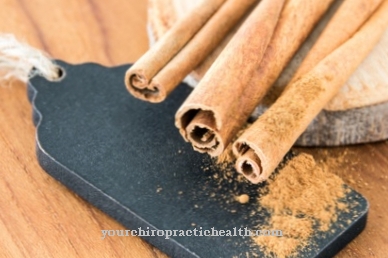
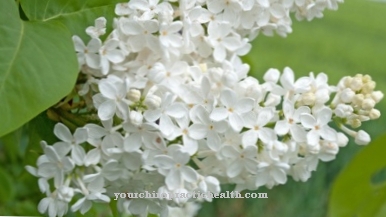
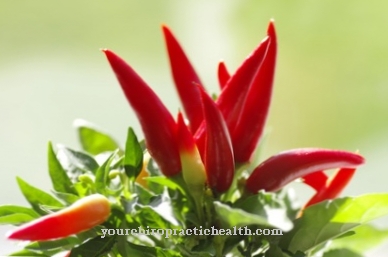

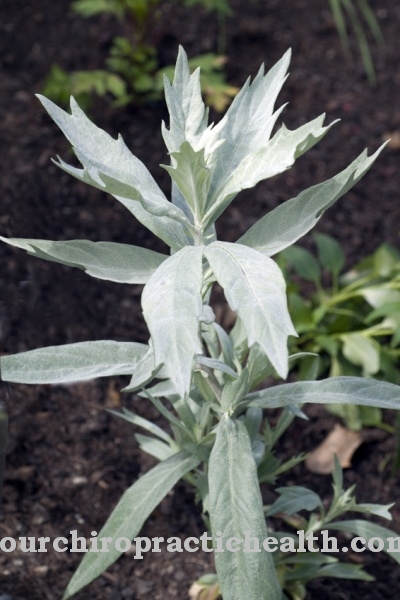
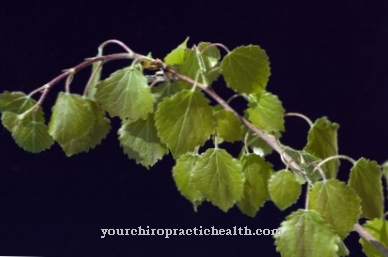

















.jpg)



